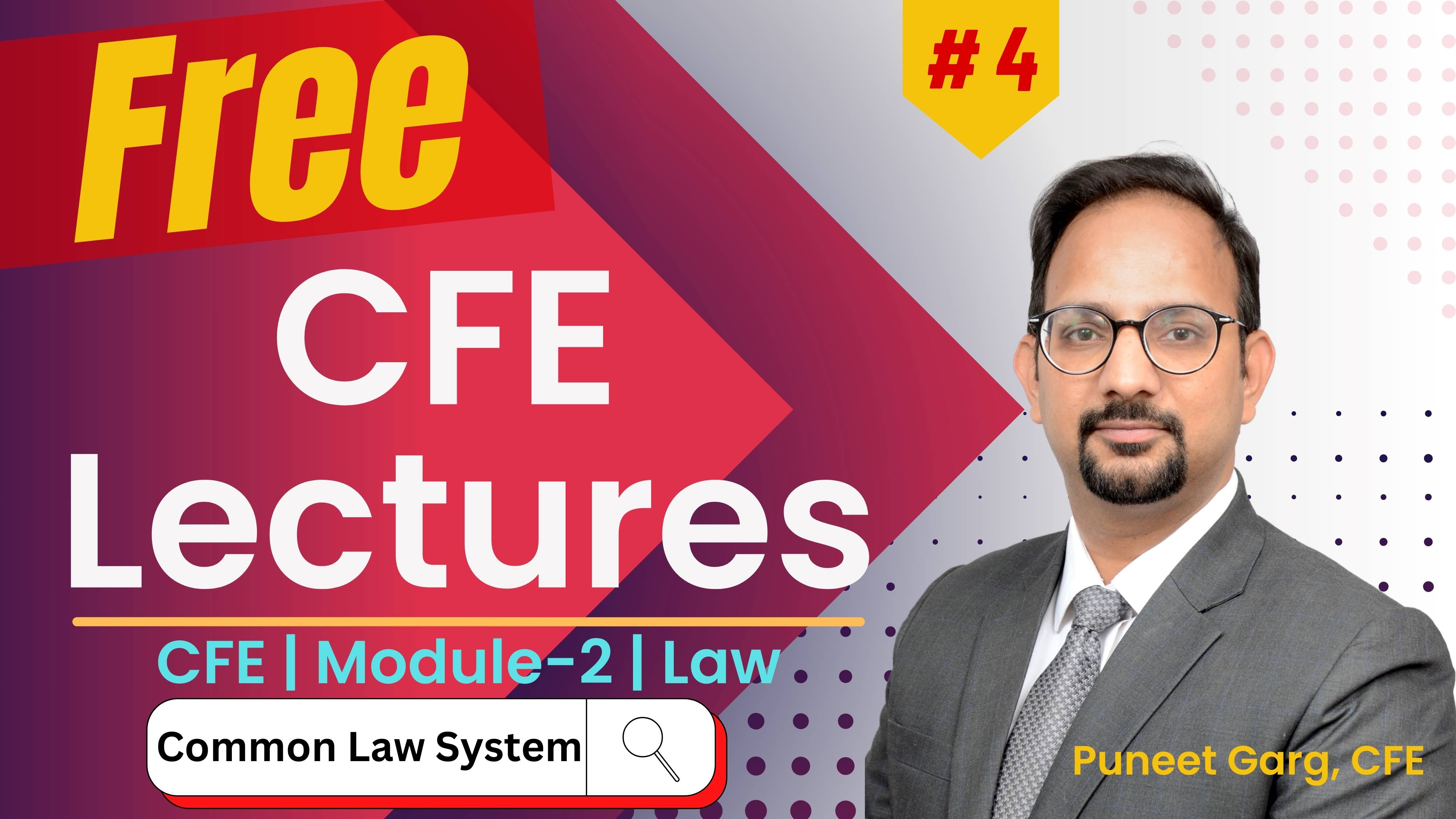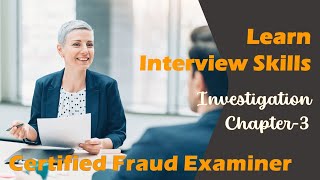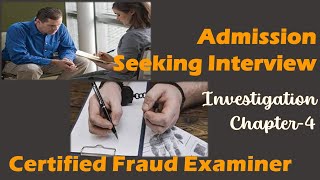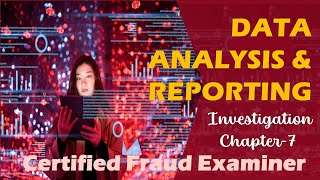CFE Free Resources
Whether you're aiming for Certified Fraud Examiner (CFE), Certified Internal Auditor (CIA), or Certified AntiMoney Laundering Specialist (CAMS) certification, our offerings ensure that you have the tools needed to succeed. Take advantage of this opportunity to strengthen your knowledge and skills in forensic accounting, internal audit practices, and anti-money laundering strategies.
Start your journey to certification confidently with our valuable study aids
What is Owner's Equity?
Click to FlipThe investment of a company's owner plus accumulate profits.
Accounting Equation?
Click to FlipAsset= Liabilities + Owner's Equity
How debits impacts assets and expenses?
Click to FlipDebits increase assest and expense account while credits decrease them.
What does Balance Sheet show?
Click to FlipShows a snapshot of a company's financial situation at a specific point in time, generally the last day of the accounting period.
Sections of Statement of Cash flows
Click to Flip1. Cash flows from operations
2. Cash flows from investing activities
3. Cash flows from financing activities
Fictitious sales always involve fake customers?
Click to FlipFictitious sales most often involve fake customers but can also involve legitimate customers.
Three common methods of concealing liabilities and expenses.
Click to Flip1. Liability/expense omissions
2. Improperly capitalized costs
3. Failure to disclose or Contingent liability
What is Quick Ratio?
Click to FlipCompares the most liquid assests to current liabilities
Sales Skimming means?
Click to FlipAn employee sells goods or service to a customer and collects the customer's payment but makes no record of the sale.
Whether physical varification of Cash is an effective detection method of skimming?
Click to FlipIt is a effective method for larceny but not of Skimming
How information is lost or stolen by R & D department?
Click to Flip1. Conference speeches and papers
2. Publications
3. Company websites
What is Nondisclosure agreement?
Click to FlipWritten agreements provinding that signatory must keep confidential all trade secrets and proprietory information learned during their employment.
What are the measures to guard manual file system?
Click to Flip1. Shredding sensitive documentary waste
2. Using a bonded waste disposal company
3. Receiving and sending mail at a secure site
4. Using an alarm system
5. Providing locks for doors and windows
What are the smart cards?
Click to FlipPlastic, credit card-sized cards that are embedded with a microchip
What are the Code manipulation?
Click to Flip1. Unbundling charges and fragmentation
2. Mutually exclusive procedures
3. Upcoding
What is the key element in Ponzi schemes?
Click to FlipInitial investors are paid with subsequent investors money. There is little or no legitimate commerce
What is business email compromise?
Click to FlipIt is a form of spear phising attack that directly targets employees who have the ability to make large payments or who have access to sensitive proprietary information. BEC schemes typically involve fraudulent emails that appear to be from the company's own chief executive officer (CEO)
What is Pharming?
Click to FlipA type of phishing attack in which a user is fooled into entering sensitive data such as a password or credit card number into a malicious website that imitates a legitimate website.
What are the information security goals?
Click to Flip1. Confidentiality of data
2. Integrity of data
3. Availability of data
4. Authentication 5. Non- repudiation
What are the network security controls?
Click to Flip1. Firewall
2. Intrusion detection systems
3. Intrusion prevention systems
4. Network access controls
Phases in the Procurement process?
Click to Flip1. The pre-solicitation phase
2. The soliciation phase
3. The bid evaluation and award phase
4. The post-award and administration phase
What are the prevention methods of procurement frauds?
Click to Flip1. Employee Education 2. Internal controls 3. Monitoring activities 4. Vendor management
What is Cat fishing?
Click to FlipCreating fake social media accounts and asking for money/sensetive information from the connections.
What is Ransomware?
Click to FlipIs a form of malware that locks a user's operating system and restricts access to data files until a ransom is paid. While some ransomware simply prevents acccess to files, other forms encrypt user's files or steal data
How physical access controls are different then technical and administrative controls?
Click to FlipPhysical access controls prevents unauthorised access to computer hardware while other prevents access to computer software.
Common law is also known as?
Click to FlipJudge-made law
What is known as Precendant
Click to FlipAny judgement made by higher court is known as precedant
When people say an act is against the law, they are refering to?
Click to FlipSubstantive law
Define parallel proceedings?
Click to FlipSimultaneous criminal and civil actions against the same defendant that are based upon a single set of facts.
Under civil law systems, courts are bound by?
Click to FlipCourts areby an accepted set of codified principles or compiled statutes and are not bound by previous court decisions
Who has the primary responsibility of discovering evidence in?
Click to FlipThe Presiding Judge
What are the administrative penalties normally levied in civil actions?
Click to FlipMonetary fines and penalties, license suspension or revocation and debarment
Difference between embezzlement and larceny?
Click to FlipIf only custody is given then larceny and if lawfulis there then embezzlement
False claims and statements to government agencies are still considered as fraud, even if?
Click to FlipThe governmental entity was not actually deceived by the falsity, did not rely on it, or dit not suffer a loss in reliance on it
Three type of bankruptcy filings?
Click to Flip1. Liquidation
2. Reorganization
3. Debt adjustment
Money laundering process includes?
Click to Flip1. Placement
2. Layering
3. Integration
What does DNFBPs means?
Click to FlipDesignated nonfinancial business and professions
Best defence to tax fraud allegations?
Click to FlipNo deficiency
Two forms of defamation?
Click to FlipLIBEL,SLANDER
Two forms of Invasion of Privacy?
Click to Flip1. Intrusion into an individual's private matters
2. Public disclosure of private facts
Prosecutorial discretion means?
Click to FlipWhether criminal cases are brought to trial generally depends on prosecutorial discretion, meaning that the decision to prosecute is left to the discretion of the appropriate juridictional authority
What is counterclaims?
Click to FlipClaims filed by a defendant against the plaintiff in a civil action is called counterclaims, also known as countersuits.
Common civil remedies includes?
Click to Flip1. Damages (monetary remedies)
2. Declaratory remedies
3. Equitable remedies
4. Prejudgement attachments
Three basic remedies?
Click to Flip1. Testimonial evidence
2. Real evidence
3. Demonstrative evidence
Character evidence is also known as?
Click to FlipPropensity evidence
What is Fraud Examination?
Click to FlipFraud Examination is a process of resolving allegations of fraud from inception to disposition.
Predication means?
Click to FlipPredication is totality of circumstances that would lead a reasonable, professionaly trained, and prudent individual to believe that a fraud has occurred, is occuring, and/or will occur.
Three form of evidence?
Click to FlipI. Documentary
II. Testimonial
III. Digital Evidence.
Indented writing Means?
Click to FlipIndented writing is the impression a writing leaves on sheets of paper below the piece of paper that contain writing.
Intelligency factor to consider when assessing signs of deception?
Click to FlipThe more intelligent the respondent, the more reliable verbal and nonverbal clues will be.
Non- public records can be obtained through?
Click to FlipCan be obtained through-
I. Consent
II. A subpoena
III. A search warrant.
What is Pretexting?
Click to FlipPretexting is the act of impersonating someone else or making false or misleading statements to obtain, sell, or buy information about a person or organization.
Data Analysis process?
Click to Flip1. Planning Phase
2. Preparation Phase
3. Testing and Interpretation Phase
4. Post- analysis Phase.
What is Link Analysis?
Click to FlipVisual representations of data from multiple data sources to track the movement of money, demonstrate complex networks, and discover communications, patterns, trends, and relationships.
Digital Evidence stands for?
Click to FlipAny information stored or transmitted in binary form (i.e., ones and zeroes) that can be used to prove something.
Voltarity of Digital Evidence?
Click to FlipDigital evidence is more volatile than tangible evidence because data can be altered or destroyed more easily than tangible information.
Examples of Computer- created files?
Click to Flip1. Metadata
2. Registry
3. Event Logs
4. Internet activity
5. Temporary files
6. Deleted Data.
What does FIU stands for?
Click to FlipFinancial Intelligence Units( FIUS) are national centres that are responsible for receiving and analysing information on suspicious or unusual financial activity in order to combat international financial crimes.
Explain Net Worth method for tracing?
Click to FlipComparision of a person's assets or expenditures for a given period or admitted legitimate sources of income.
Characteristics of Concealed assests?
Click to Flip1. Liquid
2. Untraceable
3. Secure
4. Accessible
(But not transparent)
What is cryptocurrency?
Click to FlipA cryptocurrency is a type of digital currency that uses public or private key encryption in the currency's creation and transfer.
Characterstics of Good Fraud Exmaination Report?
Click to Flip1. Accuracy
2. Clarity
3. Impartiality and relevance
4. Timeliness
Key points for preparing the Interview Room?
Click to Flip1. No False Imprisonment
2. No distractions
3. Proper Visibilty
4. Privacy to the extent affordable.
Three general approaches to obtaining a Verbal Confession?
Click to Flip1. Chronologically
2. By transaction
3. By Event
What is Covert Operation?
Click to FlipA covert operation is an investigation technique designed to obtain evidence( legal & admissible) by use of agents whose true intentions are not communicated to the target.
Disadvantages of Punishment towards changing behaviour?
Click to Flip1. Least effective method
2. Works only with constant supervision.
3.Temporary suppression of an undesirable behaviour.
What is Positive Reinforcement?
Click to FlipA positive reinforcement presents a positive stimulus in exchange for the desired response.
What is Negative Reinforcement?
Click to FlipA negative reinforcement withdraws a negative stimulus in exchange for the response.
Characterstics of White Collar Criminals?
Click to Flip1. Be white males with a moderate social status.
2. Live beyond Means
Three legs of Fraud Triangle?
Click to Flip1. Perceived non- shareable financial need
2. Perceived opportunity
3. Rationalization
Principles of Corporate Governance?
Click to Flip1. Accountability
2. Transparency
3. Fairness
4. Responsibility
Nature of G20/OECD principles of corporate Government?
Click to FlipThe prinicples are nonbinding, however as their implementation must be adapted to different legal, economic, and cultural circumstances.
Two types of intentional misstatements as per (ISA) 240?
Click to Flip1. Mistatements arising from fraudulent financial reporting.
2. Misstatements arising from misappropriation of assets.
Is it much easier to detect fraud than to prevent?
Click to FlipNo, most experts agree that it is much easier to prevent fraud than to detect it.
What is Inherent Risk?
Click to FlipRisks that are present before management actions are taken as inherent risks.
What is Residual Risk?
Click to FlipRisks that remain after management action are taken as residual risks.
Best techniques to use in conducting the fraud risk assessment?
Click to Flip1. Interviews
2. Focus groups
3. Surveys
4. Anonymous feedback mechanism.
What do preventive controls intend to?
Click to FlipPreventive controls are intended to prevent fraud before it occurs.
Ways management can respond to residual fraud risks?
Click to Flip1. Avoid
2. Transfer
3. Mitigate
4. Assume
Most important point when reporting the results of fraud risk assessment?
Click to FlipStick to the facts and keep all opinions and biases out of the report.
Who holds the primary responsibility for success of fraud risk management program?
Click to FlipManagement ( not the board) holds the responsibility for success of fraud risk management program.
Three levels of customer due diligence?
Click to Flip1. Simplified CDD
2. Standard CDD
3. Enhanced CDD
What is Priviliged Information?
Click to FlipPrivileged information is information that cannot be demanded, even by a court; it is information that is protected by law from evidence.
What is Confidential Information?
Click to FlipConfidential information is the information that is confidential in nature. Whather an infomation is confidential or not depends upon norms of company or goverment's legislation.
When information is considered as material?
Click to FlipInformation is material if having knowledge of such information night reasonably be expected to influence a client's or employer's decisions based on a fraud examiner's report.
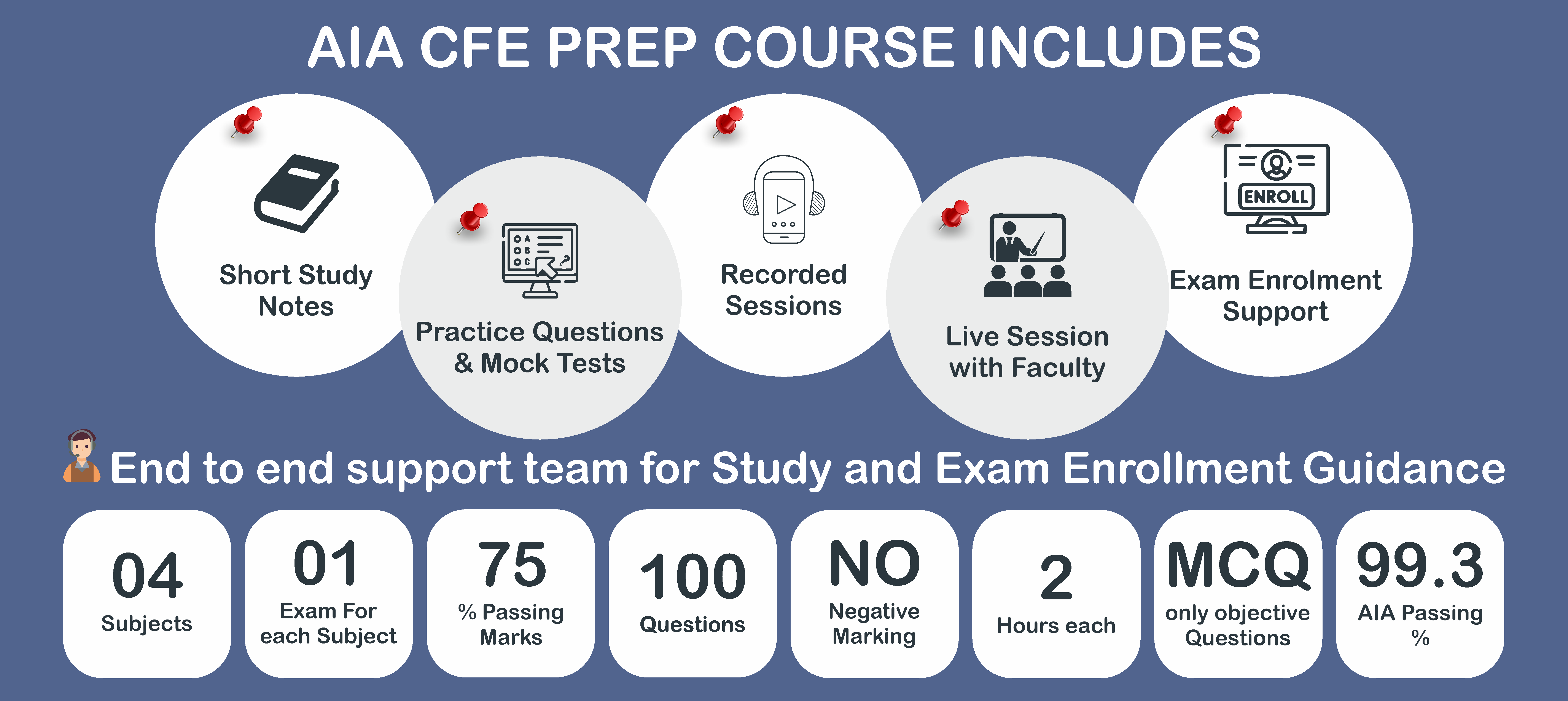
 1800-1200-2555
1800-1200-2555



